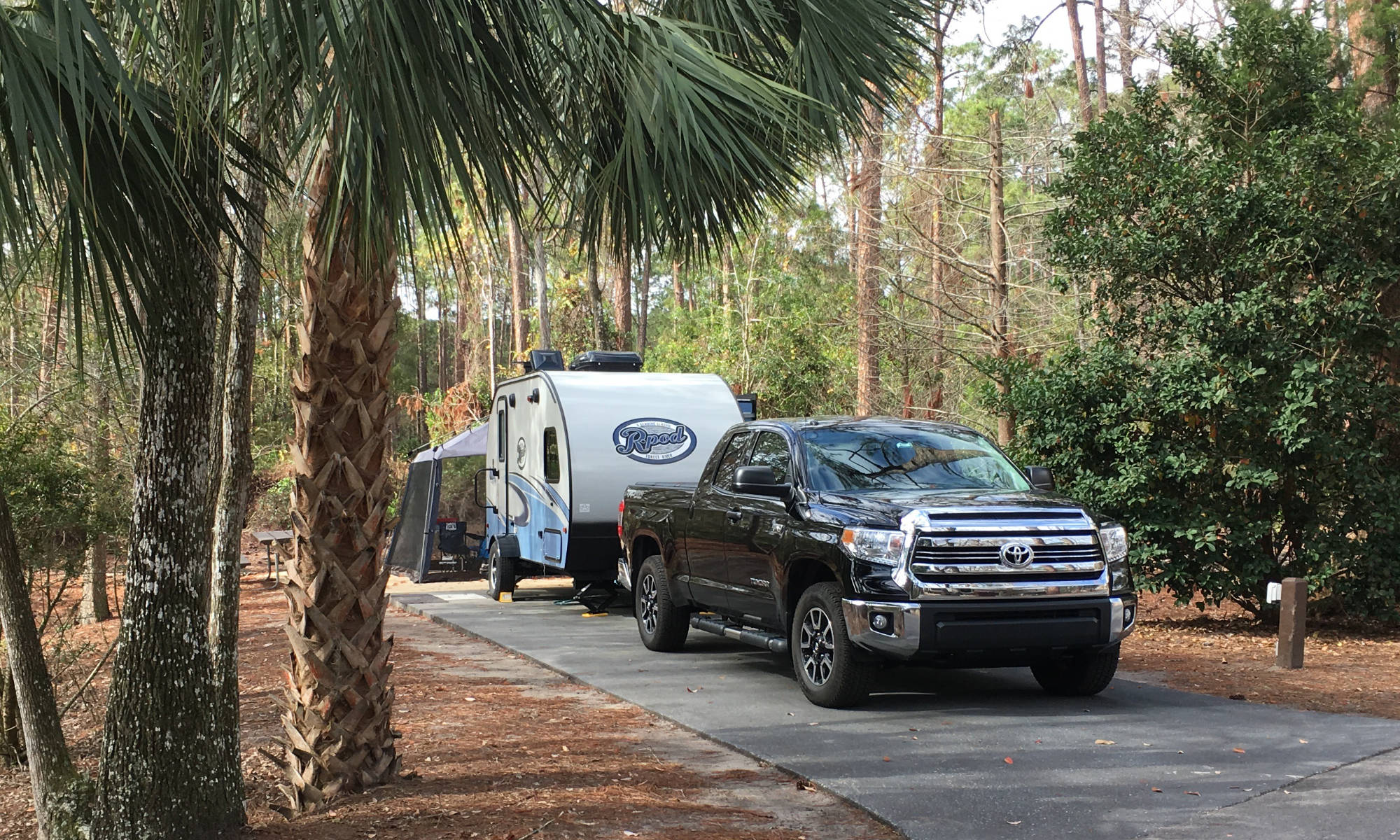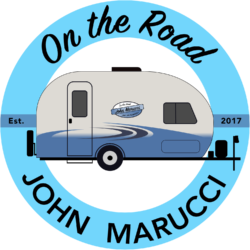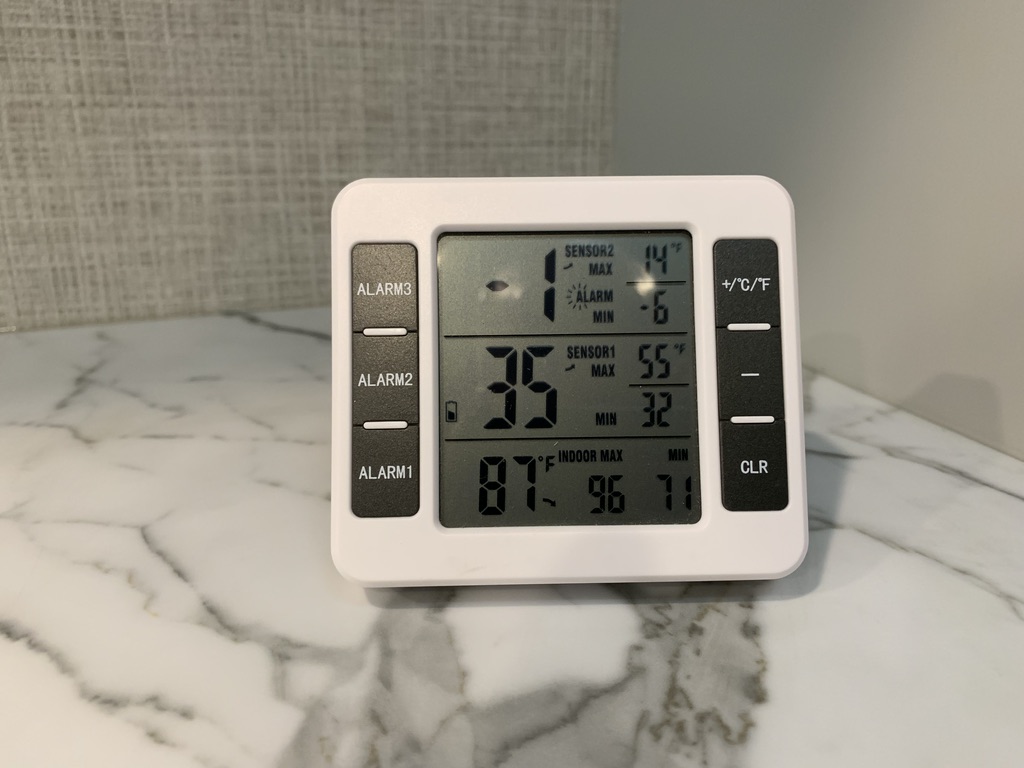Click here to sign up for reminders when new blogs are posted.
Today we’ll talking about refrigeration best practices and look at the differences between absorption and compressor refrigerators. R-Pod models in specific, and many other travel trailers, use Dometic brand absorption refrigerators. The R-Pod models have an absorption refrigerator that is different from the compressor refrigerator that you have in your typical home. We do have a refrigerator basics video on the channel that is linked at the bottom of this blog.
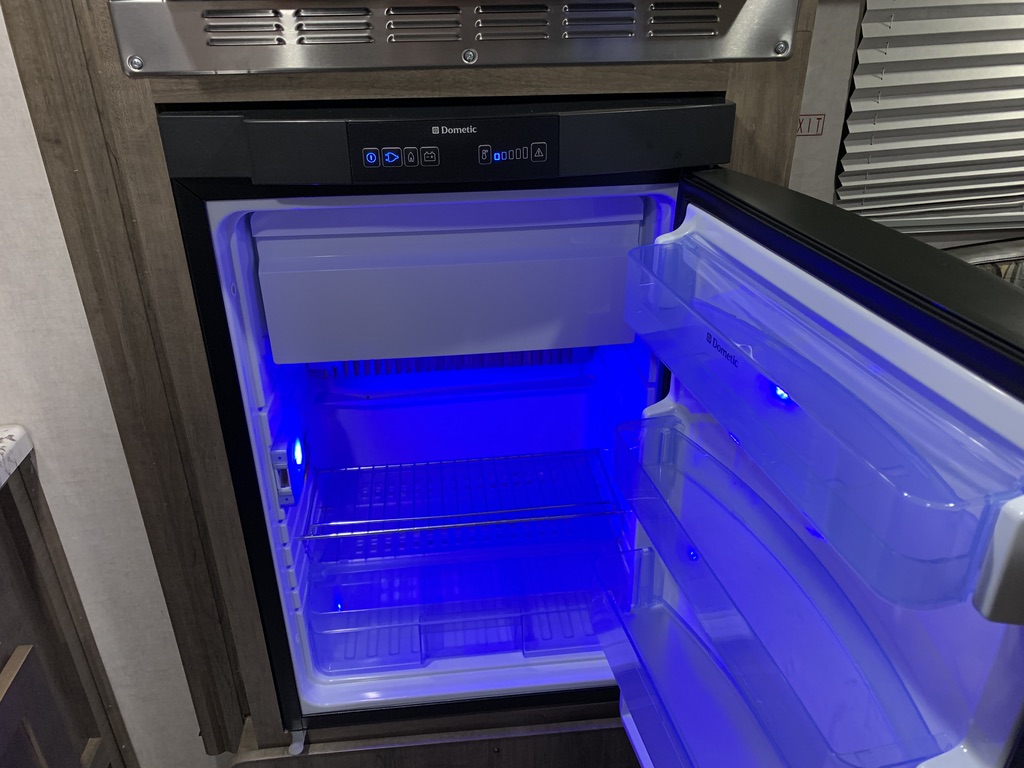
The benefits of an absorption type refrigerator are that they are much quieter, generally use less energy and in some cases have three-way power – they can run off of shore power, propane, or 12-volt battery power. This is fairly ideal for camping because camping locations can vary in terms of having electrical hookups.
Of course, there are drawbacks to absorption refrigeration. Generally, these types of refrigerators take much longer to cool down and also will warm up quickly if you were to leave the door open accidentally. You probably should know what you want out of the fridge before opening the door vs pondering food options with the door open. They also need to be defrosted regularly to work properly, and they can work less efficiently if the trailer isn’t level.
Here are several tips if you happen to have a smaller Dometic (or other) branded absorption refrigerator:
Get a digital temperature sensor that allows you to see the interior temps without opening the door of the fridge (we have a good one we use on our Amazon Storefront). This really helps you know where your fridge temps are at all times and also lets you know when you need to defrost.
Pre-chill the fridge before filling it. Usually allow the fridge to run for 24 hours to chill down before loading it. You will have to have the door open a bunch while packing the fridge, so the cooler the better when you start.
Best to pre-chill foods and beverages. If you put warm food or drinks into the fridge, it will warm the fridge up. Best to pre-chill your food and drinks in your home fridge before packing them into the RV fridge.
Stock the refrigerator at the coolest time of the day. The absorption fridge works by removing warm air from the refrigerator’s interior space. The warmer the surroundings, the tougher its fight is to do so. If you can pack the fridge when it is coolest, you’ll see the least temperature loss.
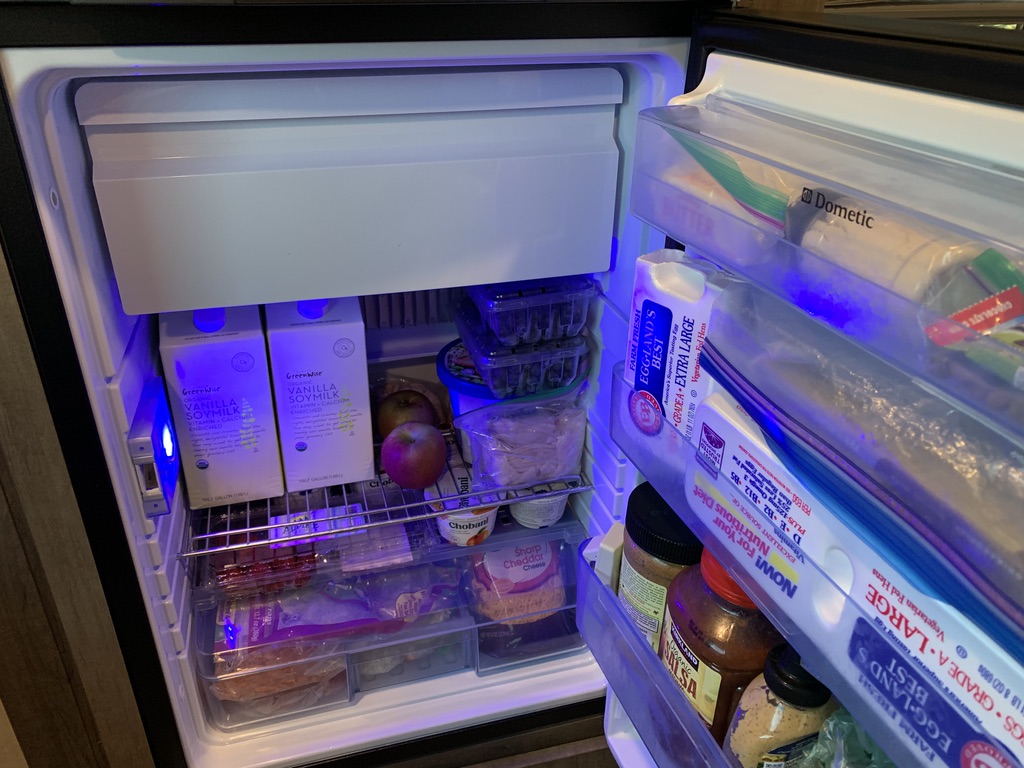
Open the door for as short of time as possible. Likewise, to prevent losing your cool, try to keep the fridge door open to an absolute minimum. By doing so, you will keep your cool better and prevent frost. This is especially important when packing the fridge, but equally important as an ongoing habit while traveling.
Don’t overfill the fridge. You need to allow air to circulate. There is no fan in these types of refrigerators, so not overpacking is pretty important. This allows cool air to circulate from the back fins to the front of the unit.
Maintain space between items the cooling fins. Don’t put items right up against the cooling fins in the back of the fridge. The cooling fins need at least ¼” of space to work best.

Use frozen gel packs or blocks when packing the fridge. This can be a good idea to minimize the loss of cooling.
Consider bringing a cooler or cooler bag. This is a great idea for when you have to defrost the fridge while on the road. You can transfer cold foods to the cooler and defrost, then move the food back afterward, once the fridge is back to colder temps.

Consider shelf-stable canned and dried products. This is especially important if you plan longer trips that will have considerable time without electrical hookups or time between grocery trips. This will minimize use of the refrigerator and allow you to go longer between defrosting.
Overall, it is great to have a solid working refrigerator with you on your travels. Knowing how best to use and maintain these absorption type refrigerators will ensure a better time especially on longer trips.
All the best in your camping endeavors!
We’d love for you to join the On The Road Team by subscribing to the YouTube channel. If you want to dive deeper, we put more content and photos on Instagram and Twitter @JohnMarucci. You can also follow John on Facebook @JohnMarucciOnTheRoad.
As always, thanks to our teammates who support the channel by watching the YouTube Ads and by starting their shopping from the On The Road Amazon Storefront at: amazon.com/shop/johnmarucci. Your support is greatly appreciated!
Watch the more than 100 videos from John Marucci – On The Road!
